Community
-

- Community
10 striking statistics about the coworking sector
The future for coworking and flexible workspaces is looking very bright indeed. With the coworking sector growing...
Lucy McInally on October 15, 2025 -
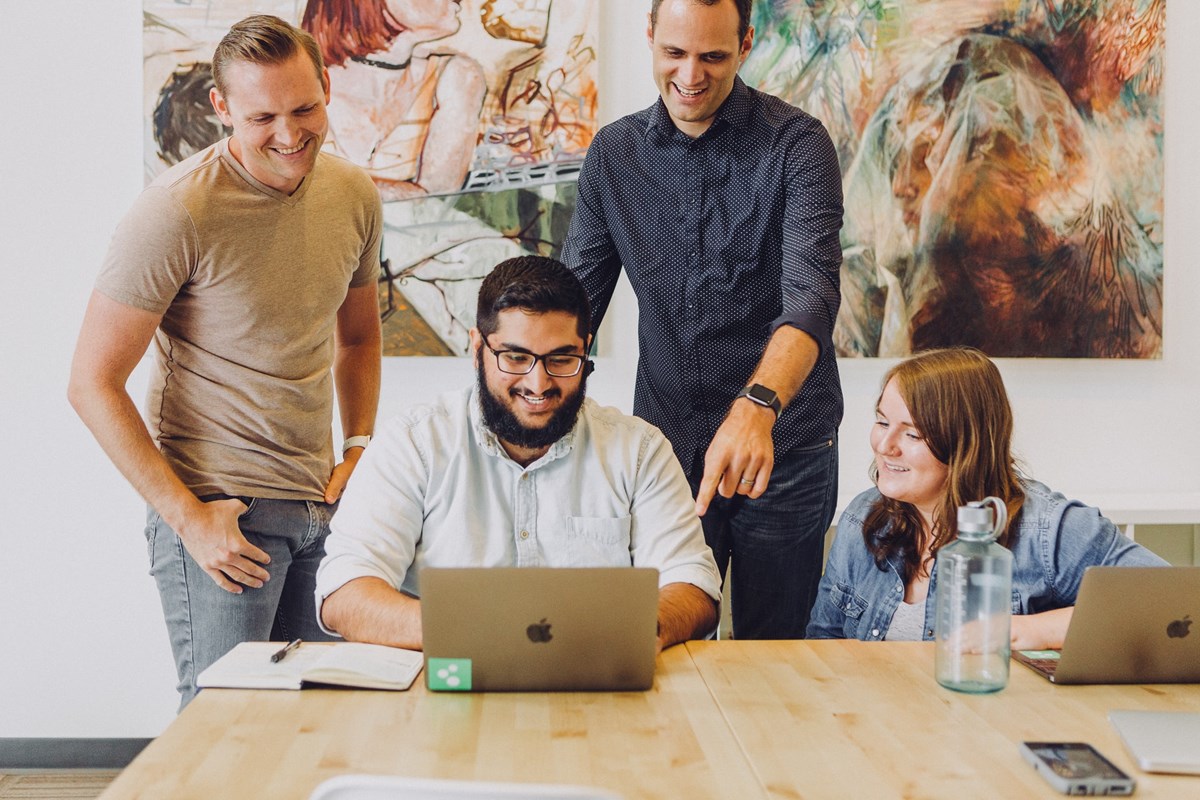
- Community
- Coworking
- Coworking Resources
Enhancing the Experience: Lucy’s Guide to Coworking Satisfaction + Retention
As attitudes towards work continue to change and evolve, coworking and flex workspaces are perfectly placed to...
Lucy McInally on September 11, 2025 -
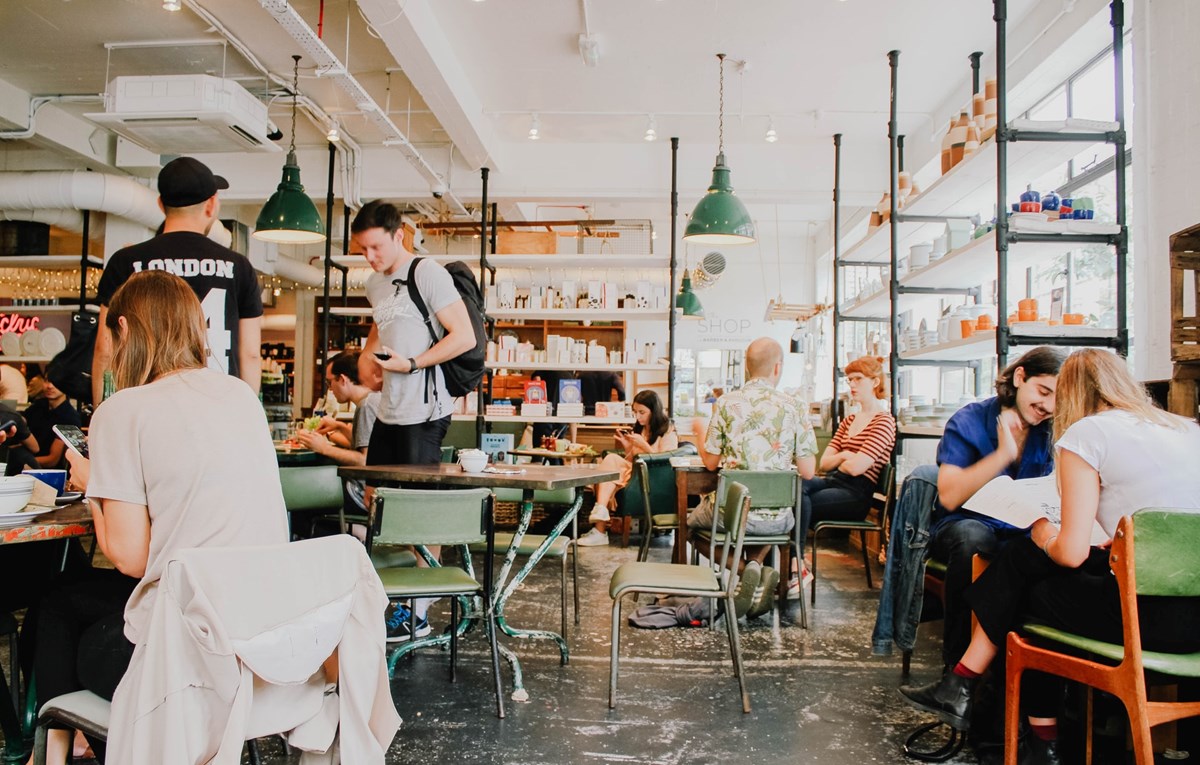
- Community
- Coworking
Build Stronger Community in the Workspace with the Four Ps
At the heart of the entire concept of coworking and what sets it apart from traditional offices,...
Kate Tattersfield on September 2, 2025 -
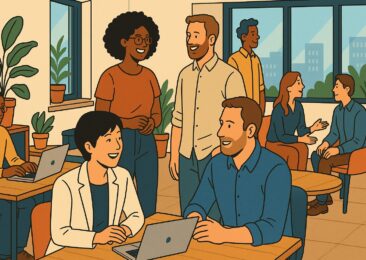
- Community
- Coworking
“Not Another Desk”: How to Sell Experiences, Not Space
Kate Tattersfield on June 25, 2025 -

- Community
- Coworking Resources
- Hospitality
Embedding Wellness into Workplace Design
Lucy McInally on June 6, 2025 -

- Community
- Coworking
5 Practical Steps to Foster an Inclusive Culture in Your Coworking Space
Kate Tattersfield on May 22, 2025 -
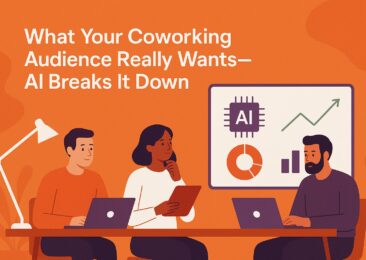
- Community
- Coworking
What Your Coworking Audience Really Wants: AI Breaks It Down
Kate Tattersfield on May 21, 2025 -
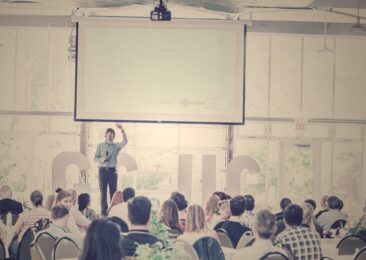
- Community
- Coworking
Tony Bacigalupo: ‘Coworking continues to evolve the relationship between workers and their work.’
Lucy McInally on May 14, 2025 -

- Community
- Events
European Coworking Day 2025: How Three Coworking Brands are Leading the Celebration
Lucy McInally on April 29, 2025 -

- Community
- Coworking Resources
Global Coworking Trends and Opportunities for 2025
Now well into 2025, the coworking industry continues to demonstrate strong momentum. With demand for coworking spaces...
Lucy McInally on April 9, 2025 -

- Community
- Coworking Resources
Complete Guide To Hosting Events That Build Your Coworking Community
Community is everything in coworking, but a genuine sense of connection between members doesn’t magically happen overnight...
Kate Tattersfield on April 8, 2025 -

- Community
- Events
Liz Elam: ‘Community is the number one amenity in coworking spaces’
A household name in the global coworking industry, Liz Elam, is the founder of one of the...
Lucy McInally on April 2, 2025